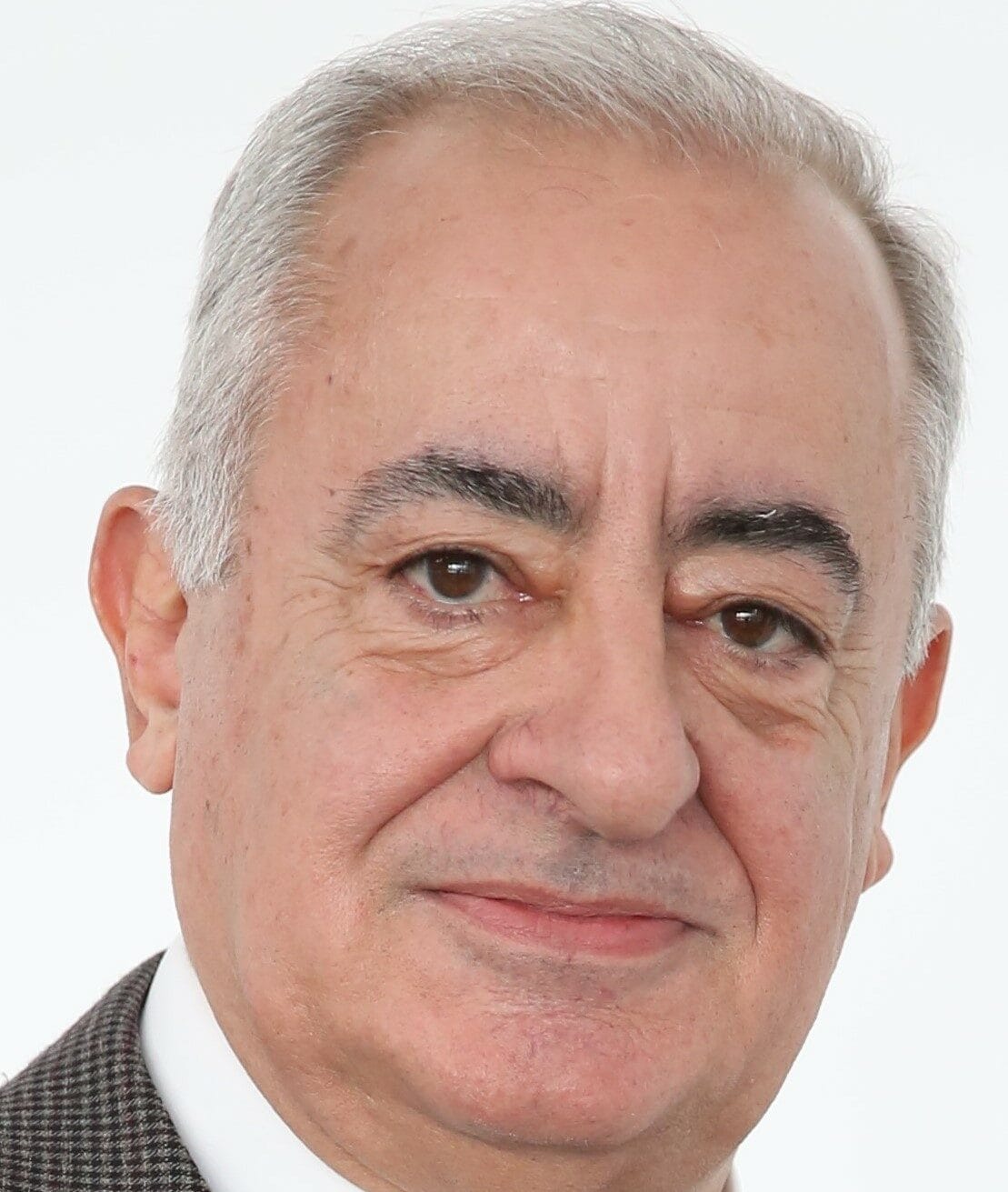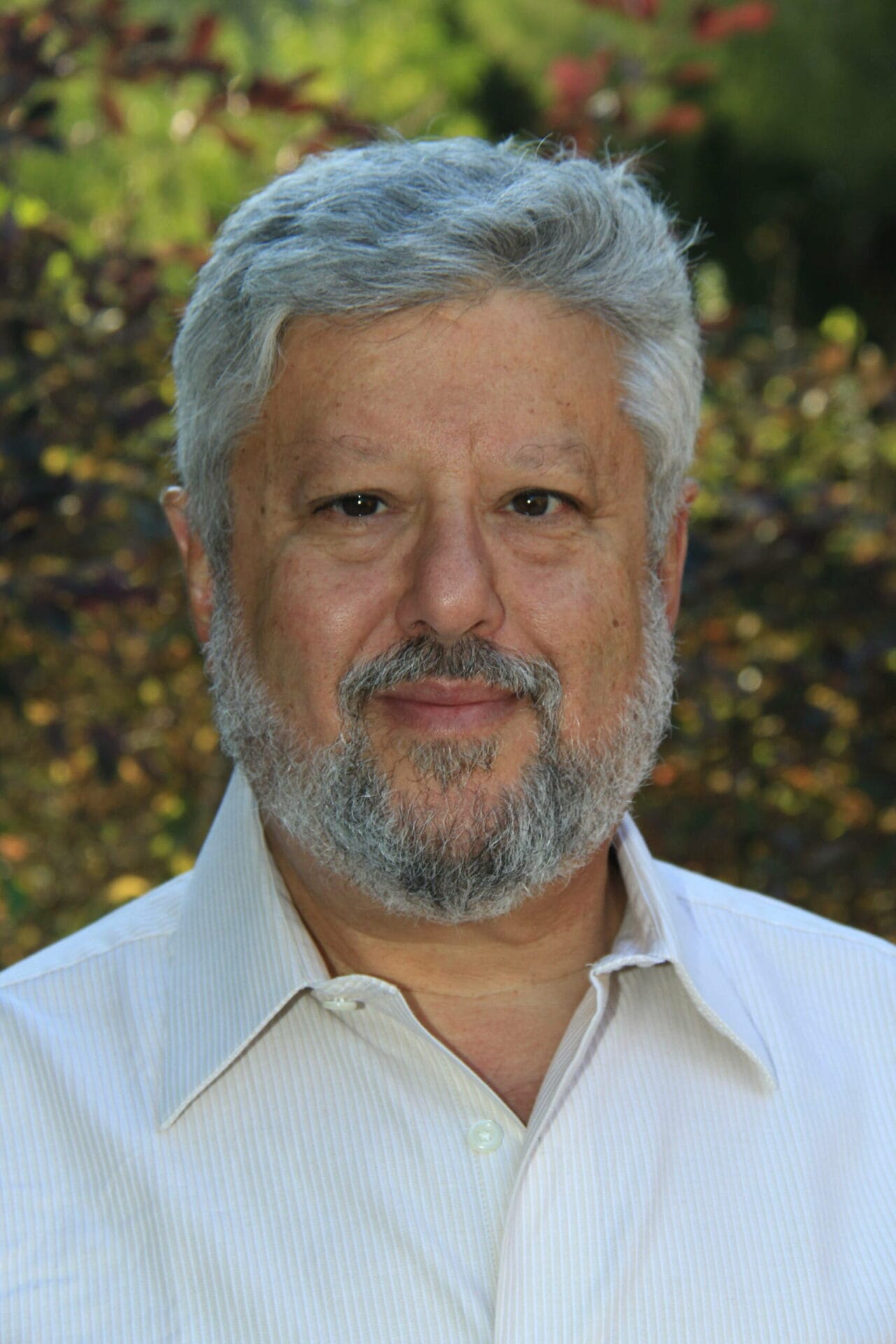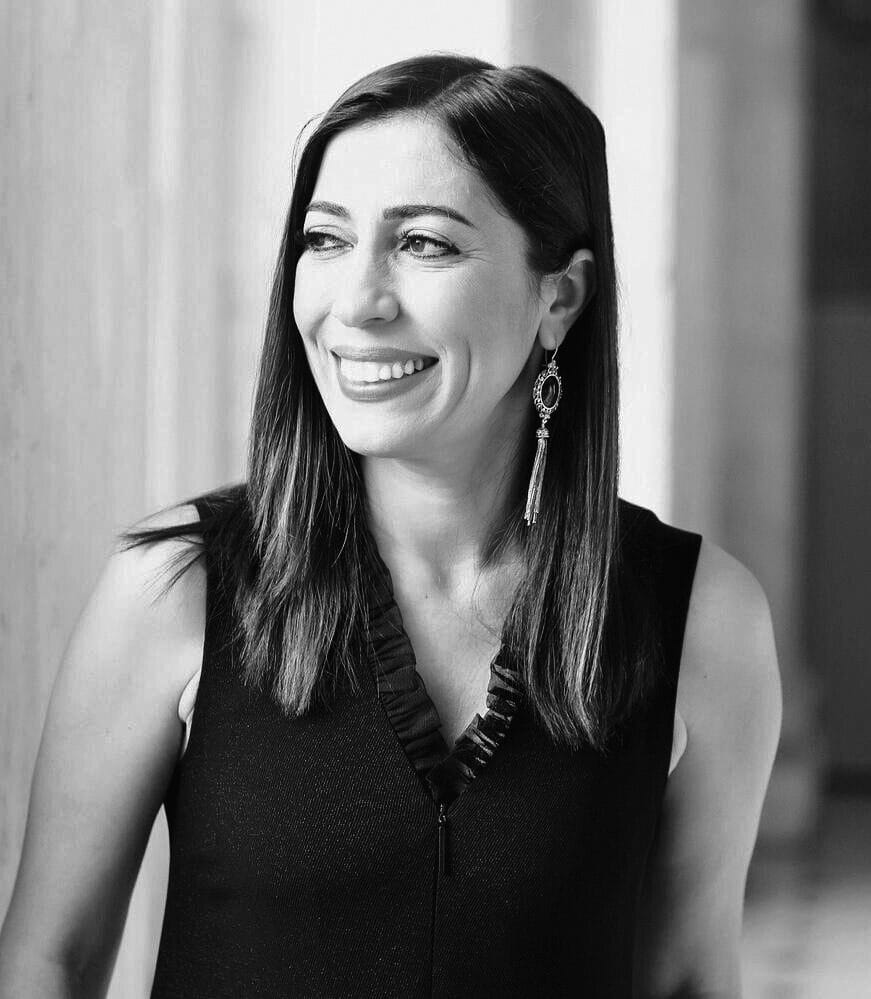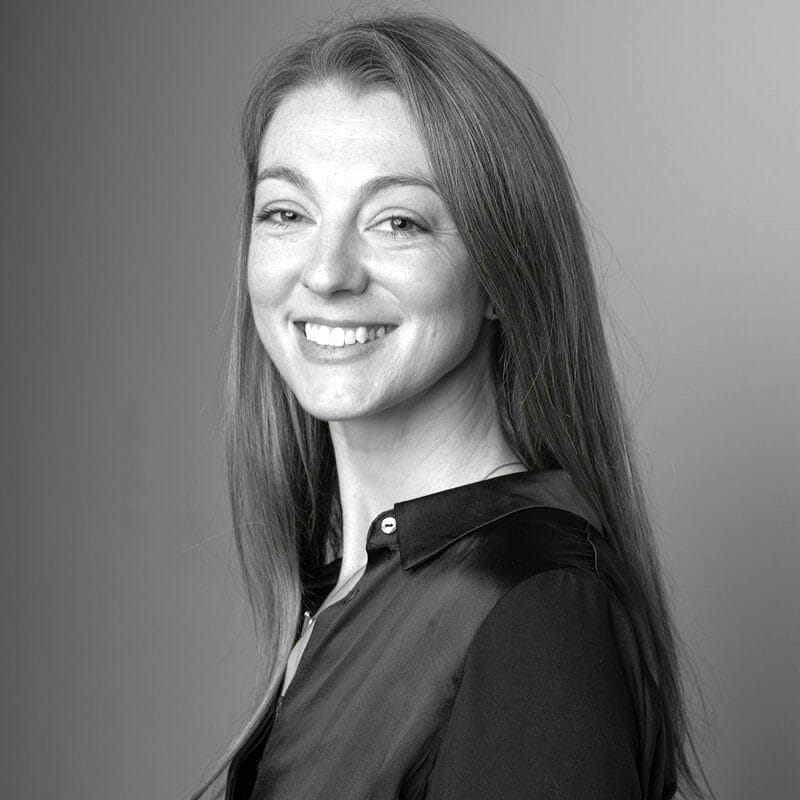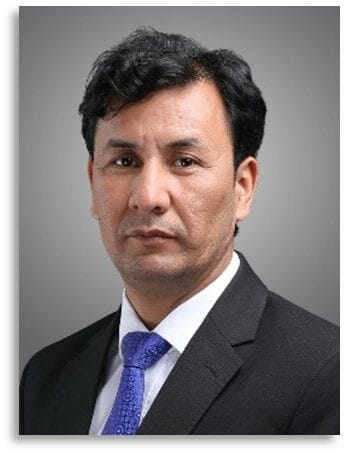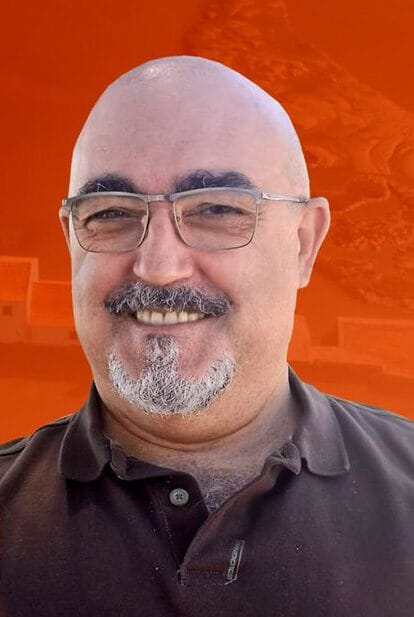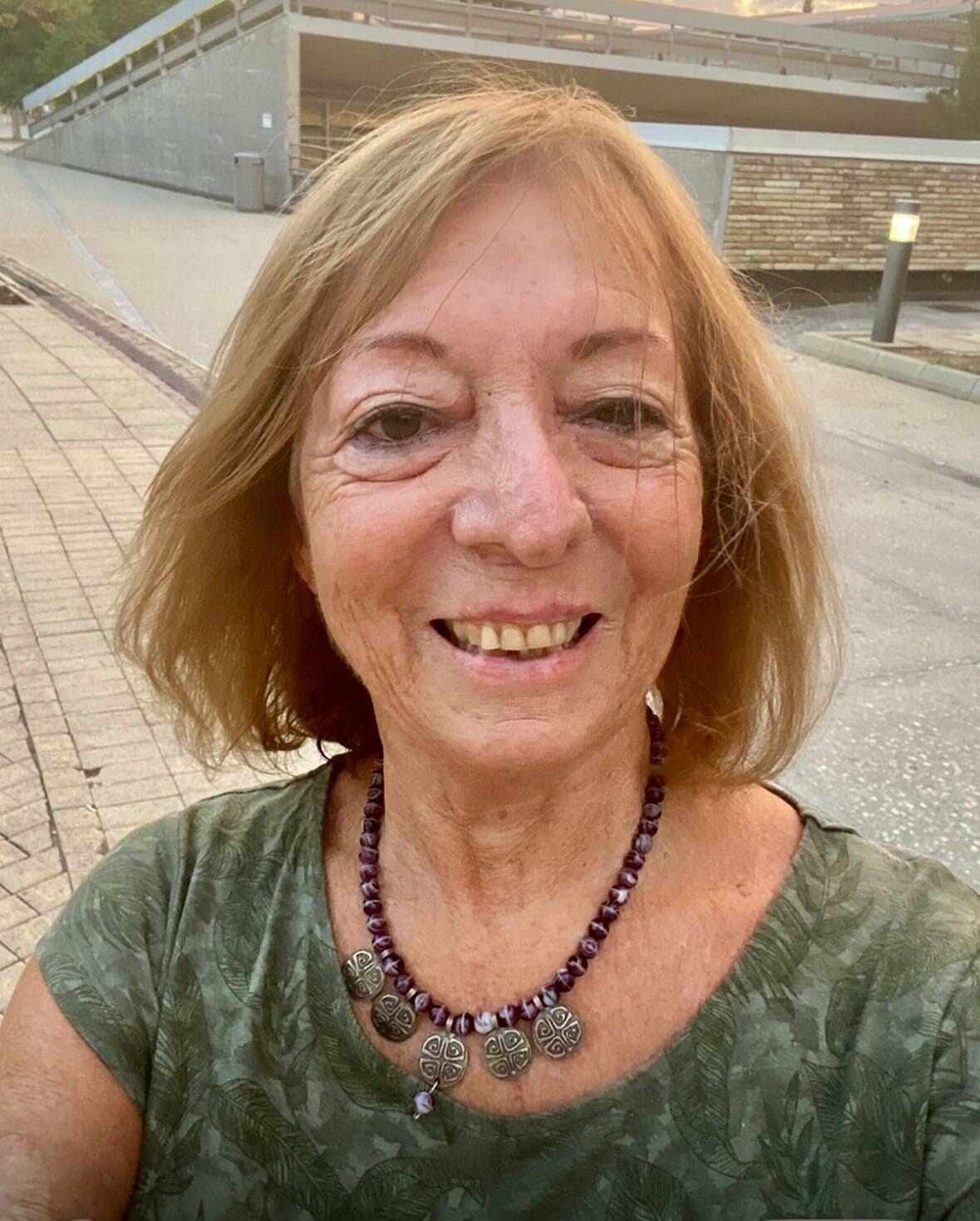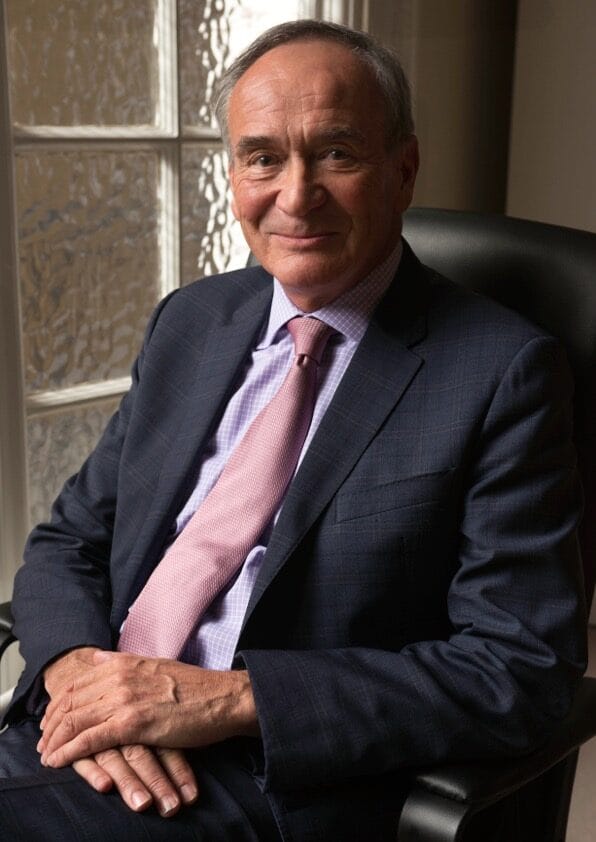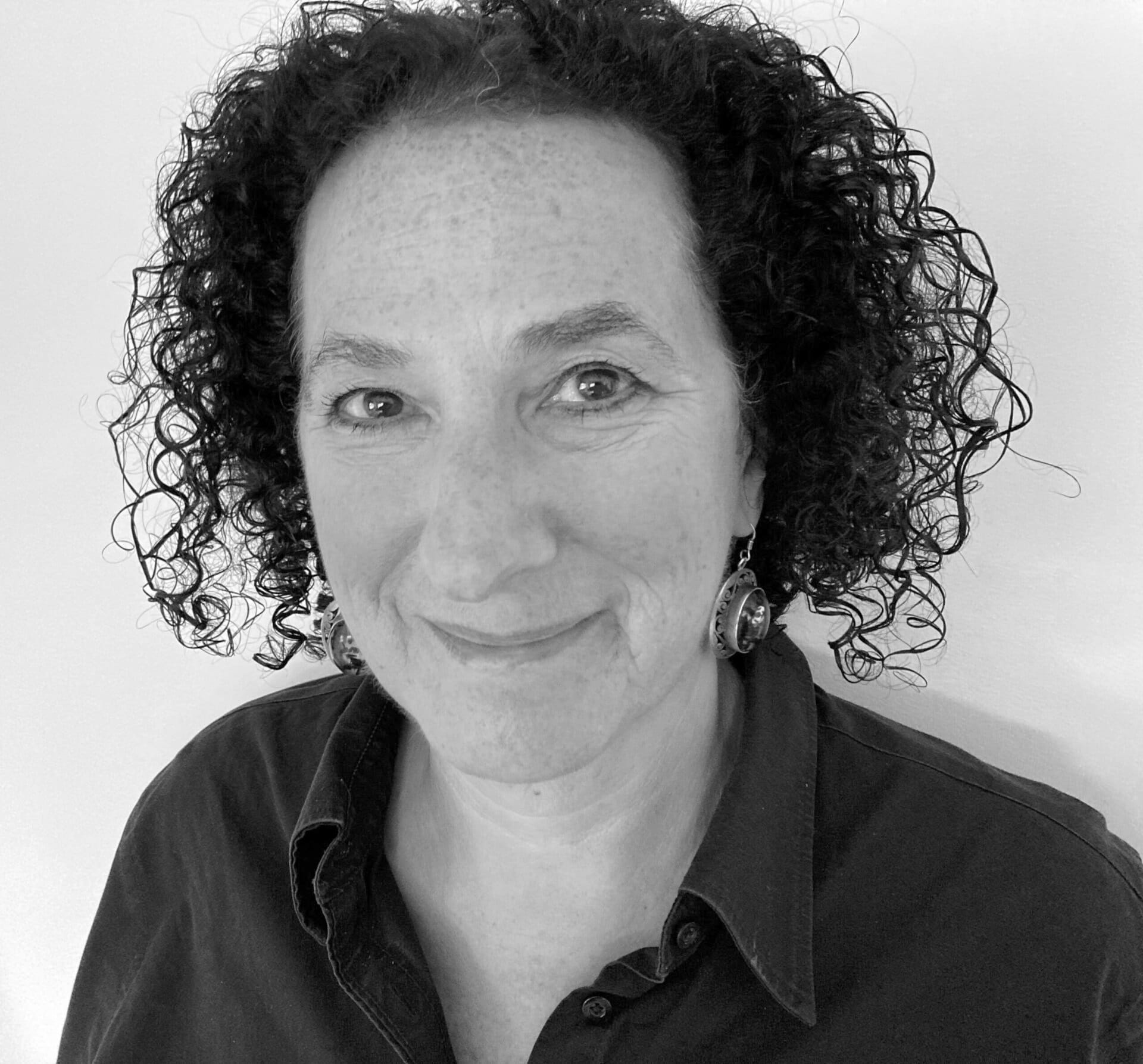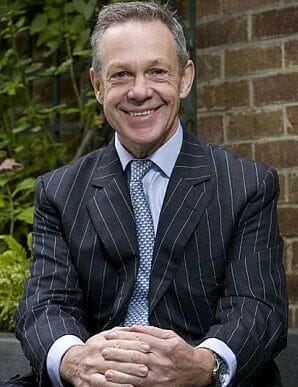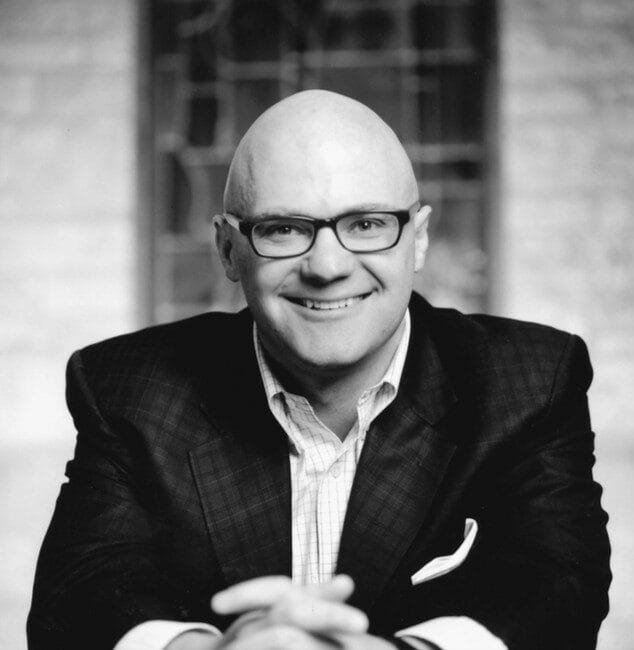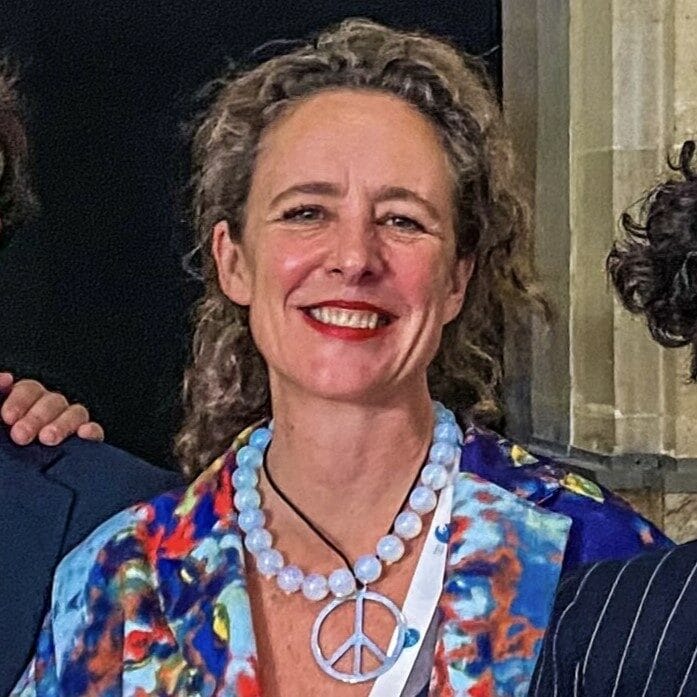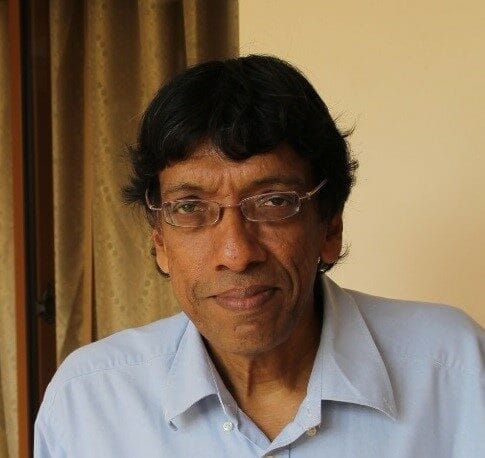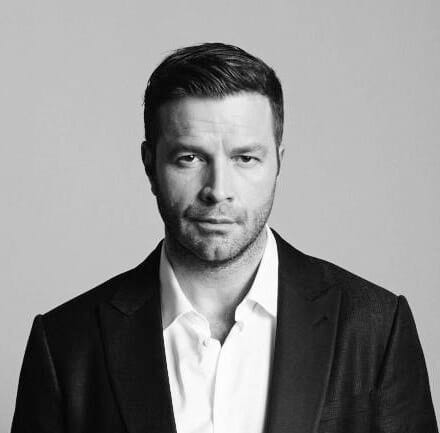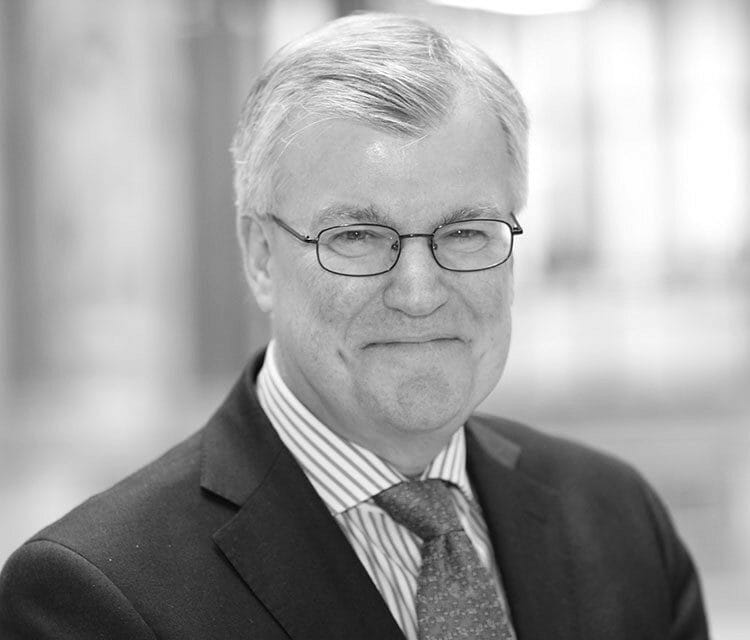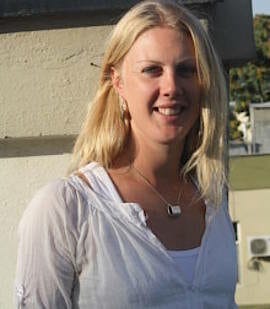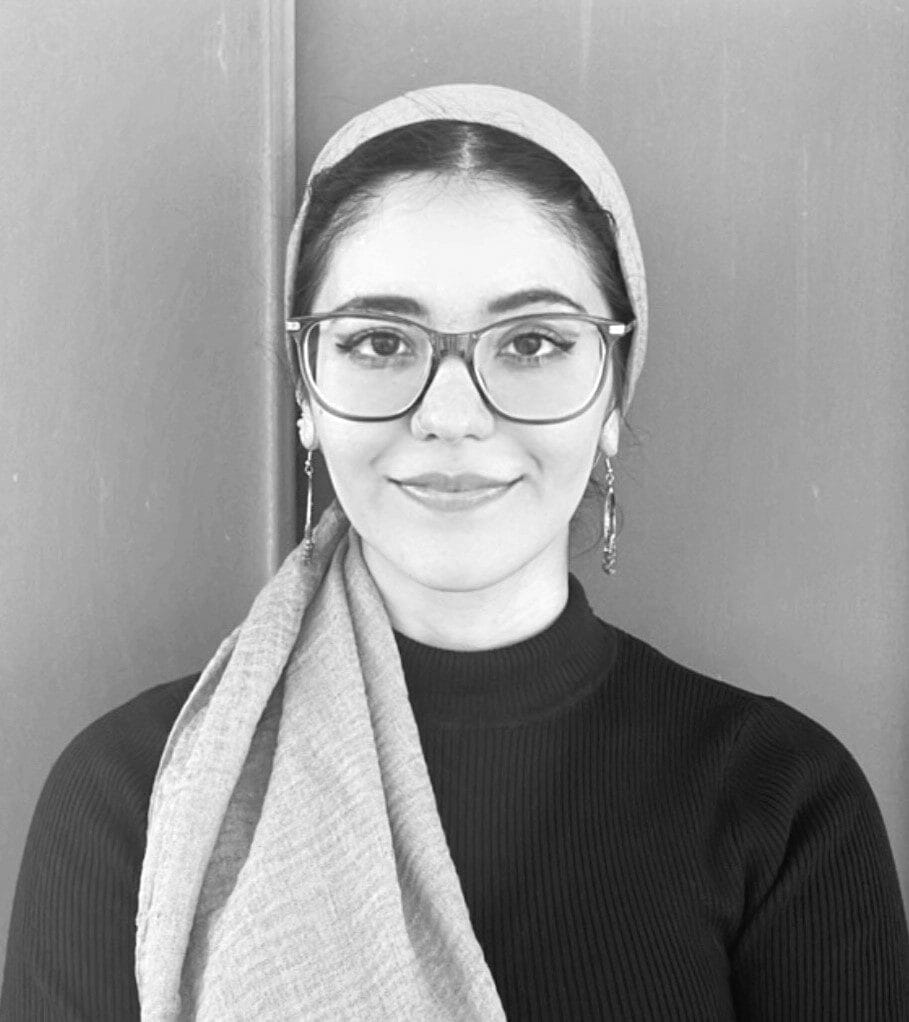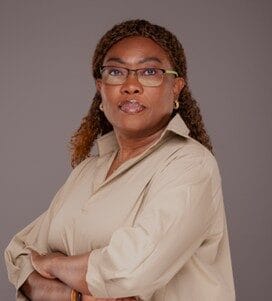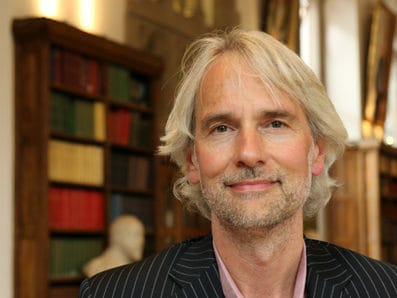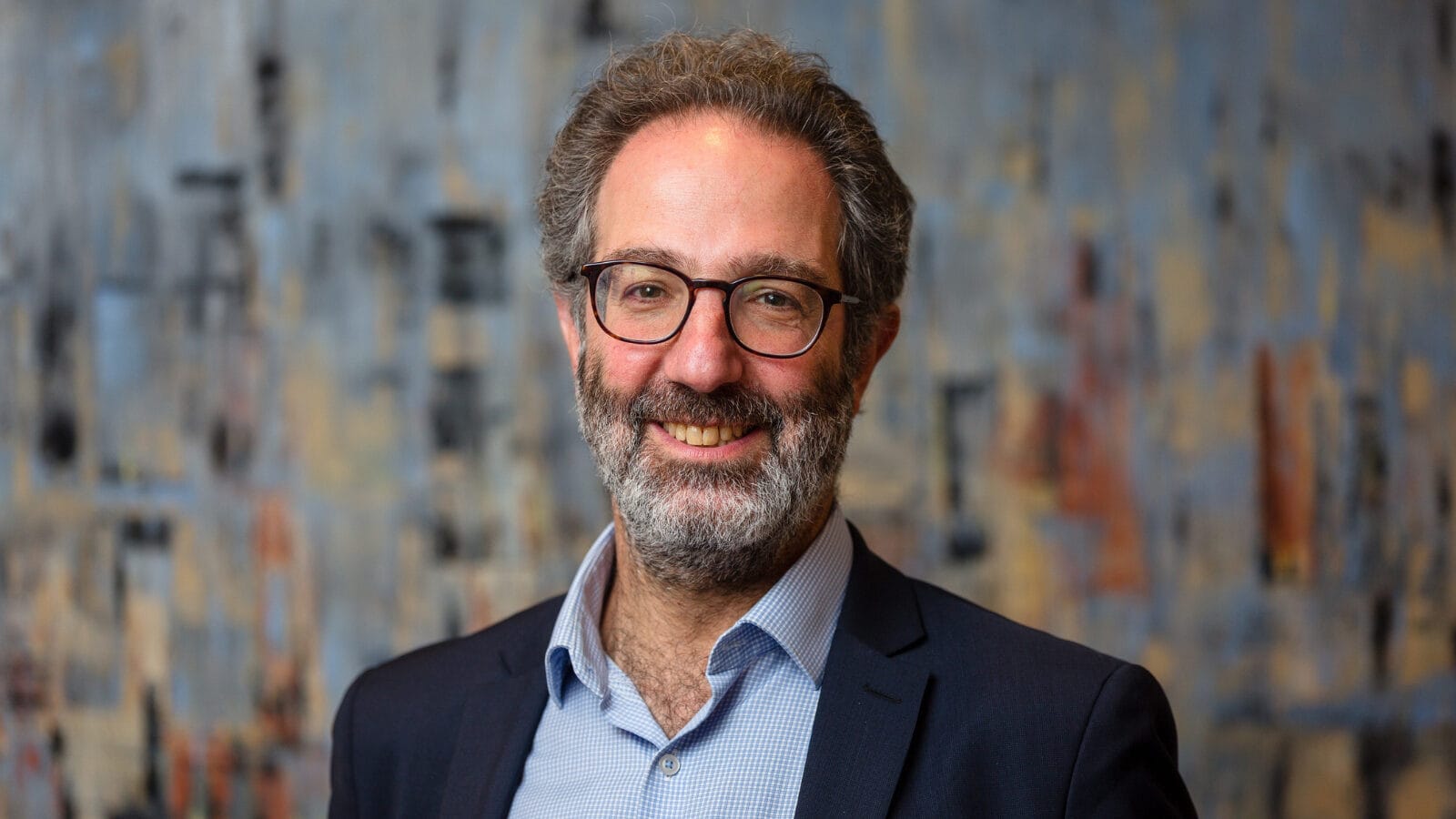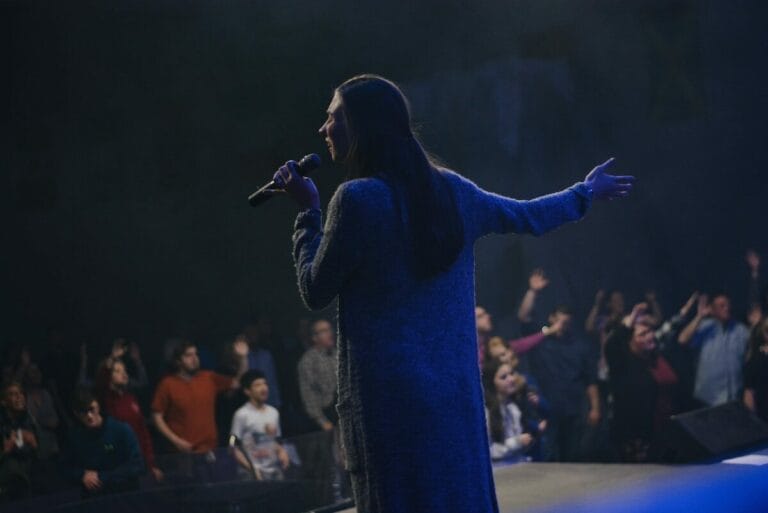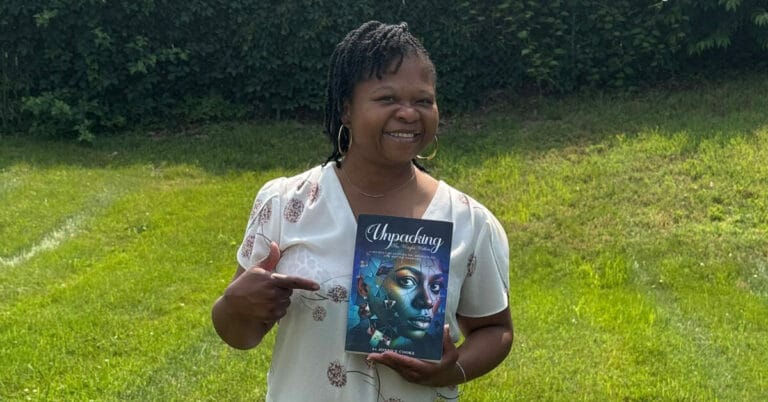The Peacemakers: How 20 Voices Are Rewriting the Rules of Global Conflict Resolution
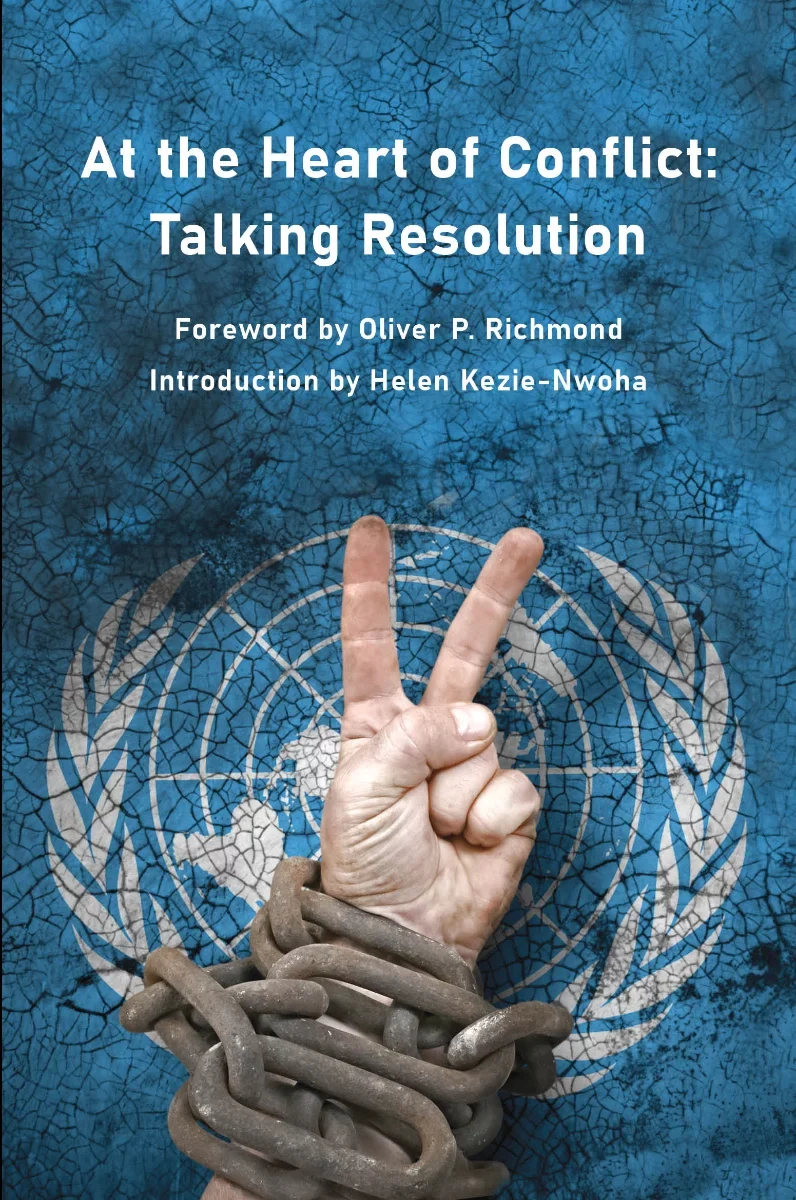
At the Heart of Conflict: Talking Resolution
A ground-breaking new book that dares to bridge the divide between peacemakers and military strategists. Can peace be built by dialogue alone? When is the use of force necessary? Is there cause for hope? With 20 unflinching first-person accounts, the book uniquely gives voice to both sides of the conflict resolution debate from seasoned UN negotiators and grassroots peacebuilders to intelligence experts and military veterans.
The most important conversations about peace rarely take place in government buildings or international summits. More often than not, they happen in community centres, refugee camps and conflict zones where ordinary people are doing the extraordinary work of healing and reconstruction.
This reality forms the heart of “At The Heart of Conflict: Talking Resolution,” a compelling collection that brings together 20 individuals who are quietly revolutionising how we think about peacebuilding. Rather than another academic essay on international relations, editor Cheryl Robson has assembled something far more valuable: the actual voices of people making peace happen.
From the Frontlines
“This collection emphasises the voices of local and international peacemakers over political elites, and critiques the traditional liberal peace era,” explains Robson. It’s a deliberate shift away from the familiar cast of diplomats and politicians who typically dominate peace discussions, towards the grassroots leaders who understand conflict from the inside out.
The contributors represent a remarkable breadth of experience. Gershon Baskin shares insights from back-channel negotiations in the Israeli-Palestinian conflict, work that requires both diplomatic finesse and personal courage. Simon Mann explores the delicate balance between military interventions and political strategies across African conflicts, drawing from years of navigating these complex dynamics.
The Voices Behind The Book
Women Leading Change
Women’s voices feature prominently throughout the collection, reflecting their crucial but often overlooked role in peace processes. Contributors Saskia Binet and Maria Hadjipavlou offer perspectives on women’s roles in peace and security issues, adding to growing evidence about female leadership in conflict resolution. According to UN research, peace agreements have a 35% greater chance of lasting at least 15 years when women participate in the peace process.
This isn’t tokenism but recognition of practical reality. Women often maintain community networks that cross conflict lines, possess different approaches to problem-solving, and bring long-term thinking to processes that can become dominated by immediate political calculations.
The Power of Local Journalism
The collection also highlights journalism’s role in peacebuilding through contributors Anjan Sundaram and Nurcan Baysal, who report from Mexico and Turkey respectively. Their work demonstrates how accurate, nuanced reporting can either fuel conflict or create space for understanding. In environments where information becomes weaponised, journalists who maintain independence and humanity play an essential peacekeeping role.
Paulo Gonçalves adds insights from UN and NATO peacekeeping missions, bridging the gap between international interventions and local peace efforts. His perspective illustrates how external support can either complement or undermine community-led initiatives, depending on how it’s implemented.
Modern Challenges, Ancient Wisdom
The book examines how contemporary challenges like climate change, migration, and technology are creating new dimensions in conflict. These aren’t abstract policy issues but immediate realities for communities dealing with resource scarcity, displacement, and digital manipulation of information.
Yet the responses these peacemakers describe often draw on fundamental human capacities: listening, building trust, finding common ground and creating space for former enemies to see each other as people rather than symbols.
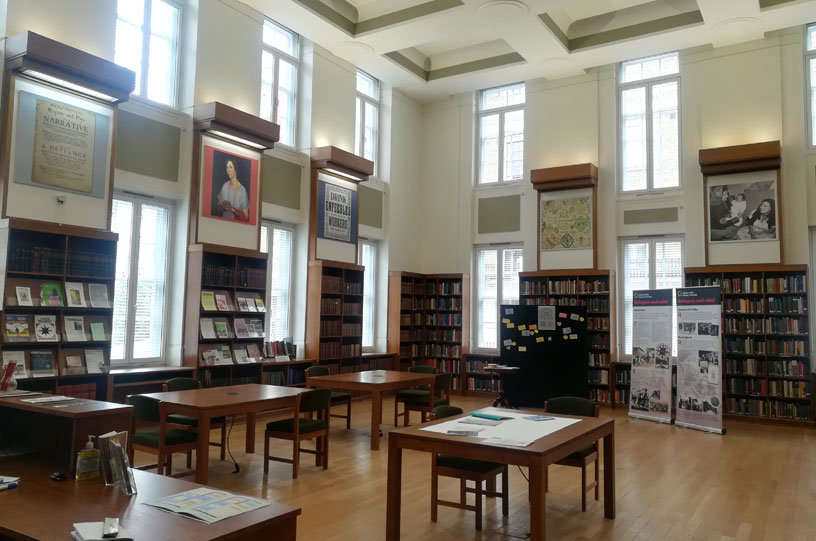
A London Launch with Global Implications
Robson will discuss these themes at an upcoming talk at the Quaker Library in Euston on 12th June at 6:30pm. The venue is fitting, the Quakers have a centuries-long tradition of practical peacemaking that prioritises direct engagement over grand gestures.
The book features a foreword by Professor Oliver Richmond, a renowned scholar in International Relations and Peace and Conflict Studies whose work has significantly shaped critical perspectives on liberal peacebuilding. Helen Kezie-Nwoha, Executive Director of The Women’s International Peace Centre and a Nigerian feminist peace activist with over 18 years of experience in gender and conflict resolution across Africa, provides the introduction. Jonathan Cohen, Executive Director of Conciliation Resources and former Chair of the European Peacebuilding Liaison Office, contributes the afterword.
About the Editor
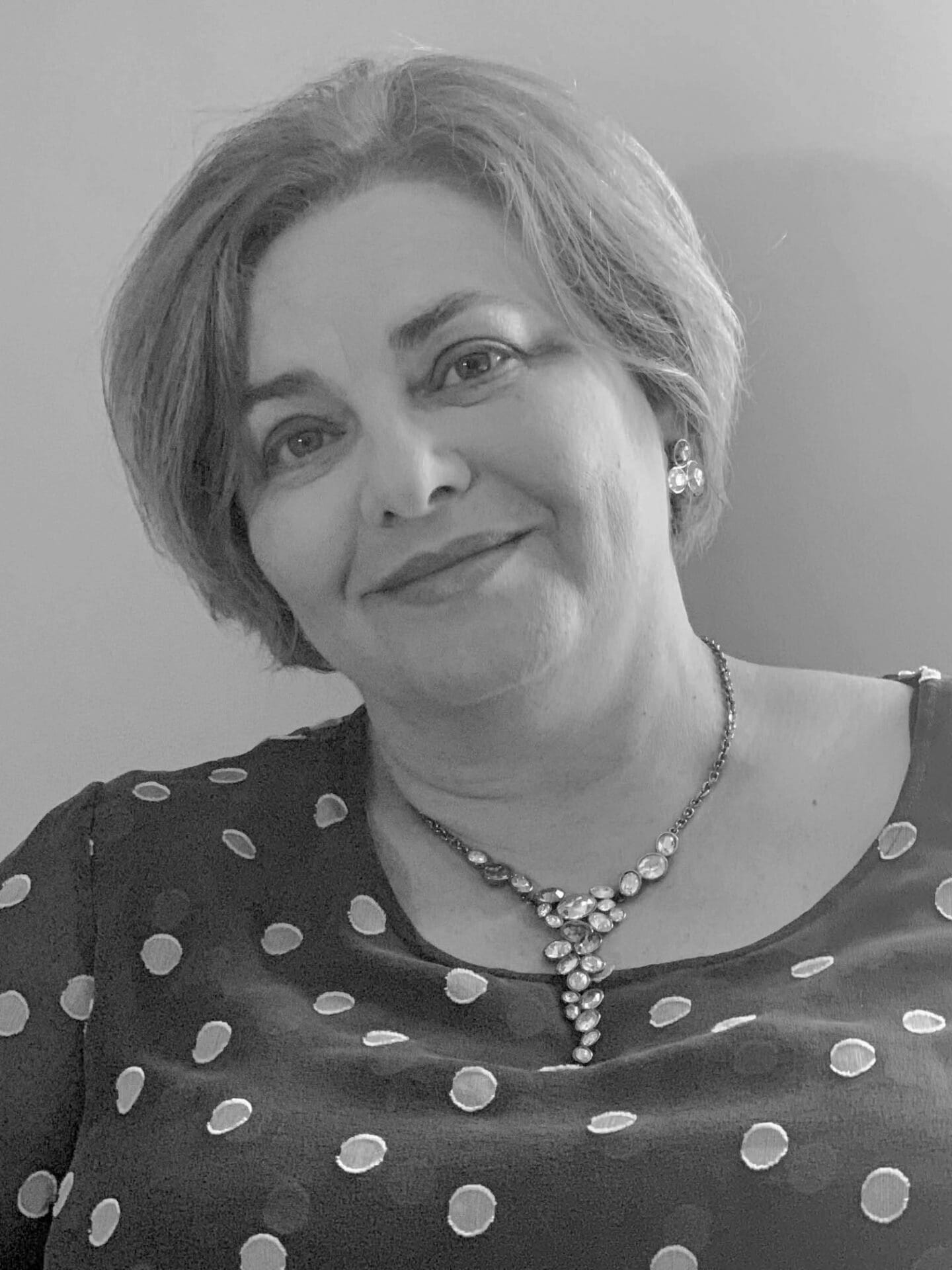
Cheryl Robson brings considerable experience to this collection as owner-publisher of Aurora Metro Publications, a leading independent publisher in London that she has helmed for over 30 years. Her publishing stable, which includes Supernova Books, Amber Lane Press and the newly launched River Light Press, has produced over 300 titles featuring award-winning authors, two Nobel prize winners, and even the King of England.
Robson’s commitment to amplifying underrepresented voices extends beyond publishing. She has been shortlisted twice for the ITV National Diversity Awards, whilst Aurora Metro has received similar recognition from the IPG National Diversity Awards. Through her charity Aurora Metro Arts & Media, she led the campaign to commission the only bronze life-size statue of Virginia Woolf in the UK, which was unveiled on Richmond riverside in November 2022 by Woolf descendants Emma Woolf and Sophie Partridge.
Her decision to compile these peacebuilding voices reflects this same commitment to elevating stories that might otherwise remain unheard. By creating space for these contributors, Robson is not only documenting current practice but helping to influence how future peace efforts are conceived and supported.
The challenge for readers – and for anyone interested in creating more peaceful communities- is whether we’re willing to listen to voices that might challenge our assumptions about how change happens. Sometimes the most radical act is simply paying attention to people who are already doing the work.
“At The Heart of Conflict: Talking Resolution” (ISBN 9781913641429) is available for £18.99. The London talk takes place on June 12th, 6:30pm at Quaker Library, Euston.


